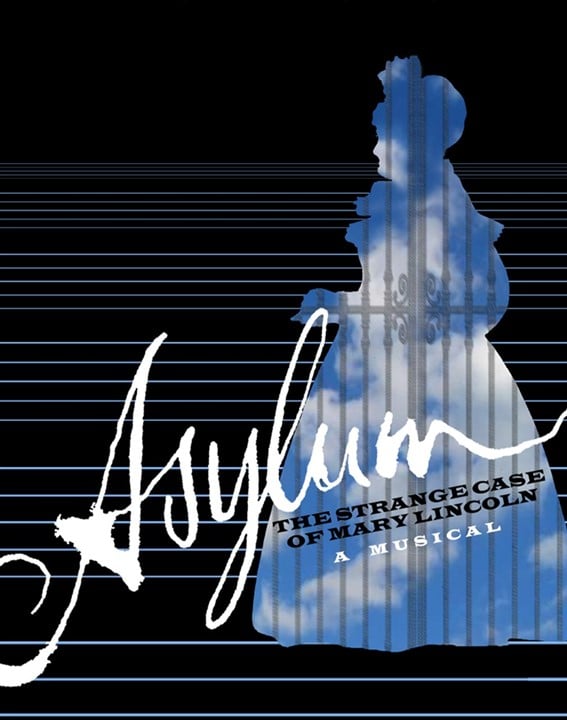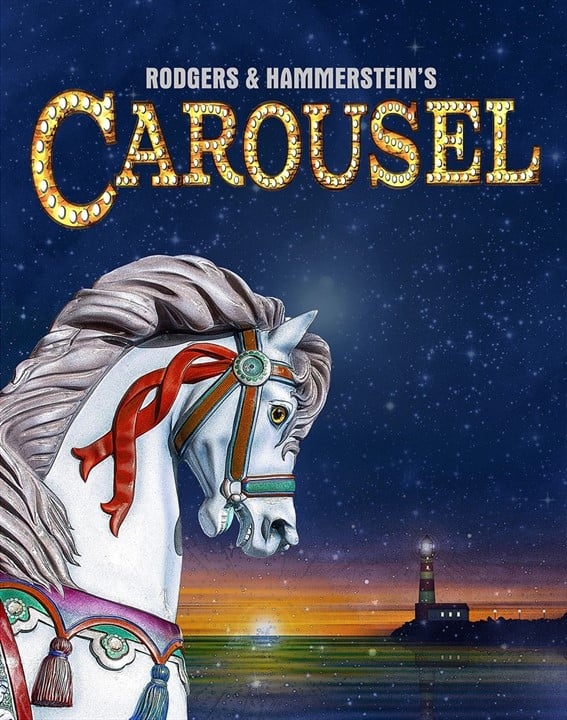A CONCORD THEATRICALS TITLE
Asylum: The Strange Case of Mary Lincoln
Full-Length Musical, Drama / 3w, 4m
Book by June Bingham
Music and Lyrics by Carmel Owen
Robert Lincoln has his mother, Mary, wrongfully comitted to an asylum. At a time when women had few rights, Mary must draw on her strength and cleverness to set herself free.
-
Cast Size
3w, 4m -
Duration
More than 120 minutes (2 hours) -
Subgenre
Biography, Docudrama/History -
Target Audience
Appropriate for All Audiences

Details
Summary
Everyone knows the story of how President Abraham Lincoln died. But what happened afterward? What became of his eccentric wife, First Lady Mary Todd Lincoln, and their son Robert? Though not everyone knows it, the tale of their battle of wills is as thrilling as American history gets.
Writer June Bingham and composer Carmel Owen explore the dark psychological warfare and unique historical conditions that drove Robert Lincoln to have his mother wrongfully committed to an insane asylum. Imprisoned at a time when women had few rights, Mary must draw on all her strength and cleverness, as well as a few courageous friends and the memory of her husband, to fight the system and set herself free. A haunting character study of a strong-willed woman and a dangerous man, Asylum makes history come alive.
History
WRITERS’ NOTES
June Bingham
In 1997 I was at an ASCAP workshop in New York with a previous musical of mine when, during the coffee break, a young woman came up to me: “Are you a book writer?”
“Yes.”
“Well, I’m a composer/lyricist and I’m perishing to write a musical about a woman in the 19th century.”
As with the fairy tale prince who was startled to find a frog jumping out of his mouth, I was startled to hear the words “Mary Lincoln” jumping out of mine.
“Mary Lincoln,” she almost shouted. “Why would anyone ever want to write about her?”
By the time I had detailed Mary’s dramatic character and her Greek tragedy-type conflict with Robert, the only remaining of her four sons, I was even more attracted to the idea.
Carmel Owen, the composer/lyricist, turned out to have grown up in Kentucky and she knew a lot about Mary Todd Lincoln’s luxurious childhood in Lexington followed by the financially difficult early years of marriage to Abraham Lincoln in Springfield, Illinois.
Thus was our joint musical Asylum: The Strange Case of Mary Lincoln born. After several false starts, we limited the action to the year 1875, ten years after the death of Lincoln, when MARY’s eldest son, ROBERT, had her committed to a lunatic asylum called Bellevue, near Chicago. The action starts with her entrance to her hospital room with its barred windows and ends with her departure from it. Her imaginative efforts to regain her freedom are fueled by her memories of LINCOLN’s own courage (two full scenes of flashback enable the audience to see Lincoln himself). She was also eventually helped by her longtime friend, MYRA BRADWELL, the first woman lawyer in the US and the publisher of the first law journal, as well as by her feisty African-American nurse, DELIA, and by the journalist Frank Wilkie, whom she allowed to interview her and who told the American public the truth, that indeed Mary Lincoln was not insane. In the end, MARY also manages to win over her keeper, DR. RICHARD PATTERSON, psychiatrist and owner of Bellevue.
Only Nurse Delia is an invented character, although modeled very much on strong African American friends that Mary always depended upon to give her strength in time of need, as when her 10-year-old son Willie died in the White House. All other characters are historically accurate. The show is both a tragedy and a victory for the main character, who moves from helpless despair to clever activism, from the fear that she might in fact be insane to a burning desire to be free again. Mary Todd Lincoln turned out to be even more worthy of being written about than I had thought possible ten years ago. Indeed, she has turned out from audience as well as authors’ point of view to be fascinating and completely unforgettable.
Cast Attributes
Keywords
Performing Groups
- Time Period American Civil War Era, 19th Century
- Setting Bellevue Asylum in Batavia, Illinois. May-September, 1875.
- Features Period Costumes
- Duration More than 120 minutes (2 hours)
Media
“A worthy musical... Ms. Bingham’s book has both humor and suspense and deft dialogue... Ms. Owen’s music sounds like no one else’s.” – John Simon, Bloomberg.com
“Touching and historically scrupulous.” – The Washington Times
“I loved working on this musical as did our actors and musicians. It was an amazing experience that all of us will treasure! We expanded the orchestration and worked with the composer/lyricist to make additional special improvements in the script. It was one of the hits of our 2010 season – audiences came back multiple times to see it! Our production – with the revised book and the expanded orchestrations – has freed the show from its ‘opera’ confines and released it into the realm of sweeping musical theater! This work has enormous potential for theaters of all sizes, anywhere in the world. The story of Mary Todd Lincoln may be American by birth, but the larger story is universal, empowering, uplifting and truly entertaining! For any theater who is looking to produce theater that is artistic, accessible, moving and one to please audiences, you have found that show with Asylum: The Strange Case of Mary Lincoln!” – Brett A. Bernardini, Founding Artistic Director & CEO of the Spirit of Broadway Theater
“Music that’s interesting at almost every turn... with arrangements that keep us listening intently.” – Steven Suskin, Variety
“The music takes center stage. Owen is onto something with her music... laudable moments of Puccini proportions.” – David Fuller, NYTheater.com
Music
- Musical Style Contemporary Broadway
- Dance Requirements None
- Vocal DemandsModerate
- Orchestra Size Small/Combo
- Chorus Size Small
Licensing & Materials
- Licensing fees and rental materials quoted upon application.


